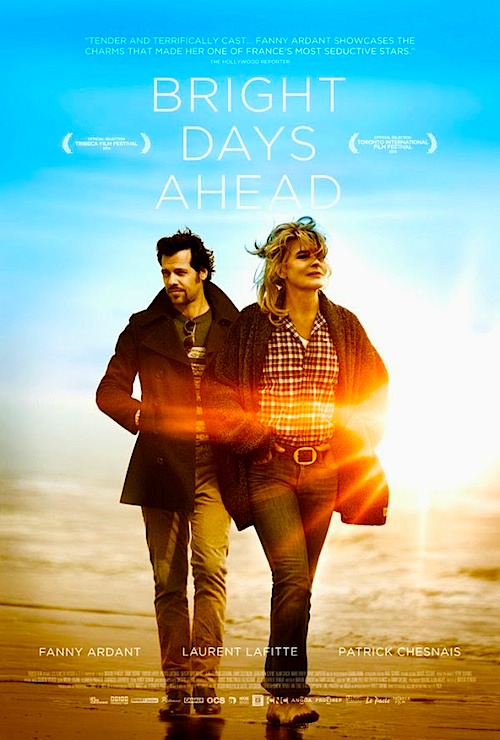By Joe Bendel. It is the end of the world, but everyone feels fine. Linear Valley is pretty much devastated from the radiation spewing from the nearby nuclear power plant and outright nuclear war is imminent. However, burning down the local diner for the insurance money is still a viable scheme for the new owner. Too stoned-out to even be considered satire, Neil Young’s pseudonymously directed apocalyptic musical Human Highway finally gets a proper New York release, starting today, as part of the IFC Center’s new film series, Bernard Shakey Retrospective: Neil Young on Screen.
 Co-directed under Young’s Shakey alter-ego with co-star Dean Stockwell, Highway also features Dennis Hopper (in dual roles), Russ Tamblyn, and Mark Mothersbaugh with Devo, so that should give you a general idea what’s on-tap. Young plays earnest loser mechanic Lionel Switch, who harbors dreams of rock & roll stardom, but every year the nuclear power plant’s garbage men win the radio station’s talent show. This morning he has brought along his pal Fred Kelly, whom his boss, Old Otto has promised a job.
Co-directed under Young’s Shakey alter-ego with co-star Dean Stockwell, Highway also features Dennis Hopper (in dual roles), Russ Tamblyn, and Mark Mothersbaugh with Devo, so that should give you a general idea what’s on-tap. Young plays earnest loser mechanic Lionel Switch, who harbors dreams of rock & roll stardom, but every year the nuclear power plant’s garbage men win the radio station’s talent show. This morning he has brought along his pal Fred Kelly, whom his boss, Old Otto has promised a job.
Unfortunately, he wasn’t known as “Old Otto” for nothing. Sadly, the town benefactor has passed away and his money grubbing son, Otto Quartz has inherited the diner and garage. He has some new policies that will not go over well with the staff. Yet, it may not matter very much, judging from the ominous radio reports.
It is hard to apply any rational critical standard to such a manic exercise in DIY spit-ball shooting and general tom-foolery. Frankly, the reason most people will want to see it would be Young’s hard-edged rendition of “Hey Hey, My My (Into the Black)” with Devo. Arguably, Highway is even more a curio for Devo fans than admirers of Young (who has been quite well documented on film, by Jonathan Demme).
As Switch, Young is pretty shameless mugging for the camera. Likewise, Stockwell is not exactly shy about chewing the scenery while playing the villainous Quartz. What would you expect from a film conceived as a lark and fueled by peyote and transcendental meditation, or who knows what?
This is the sort of film you watch just to confirm it exists. Some see seeds of The Simpsons in its wacky nuclear waste handlers, but you could probably find crude analogs for just about every subsequent surreal vision quest within Linear Valley. For fans of Young, Devo, and anarchic micro-budget slapstick allegories, the director’s cut of Human Highway opens today (4/17) at the IFC Center.
Posted on April 20th, 2015 at 3:26pm.





